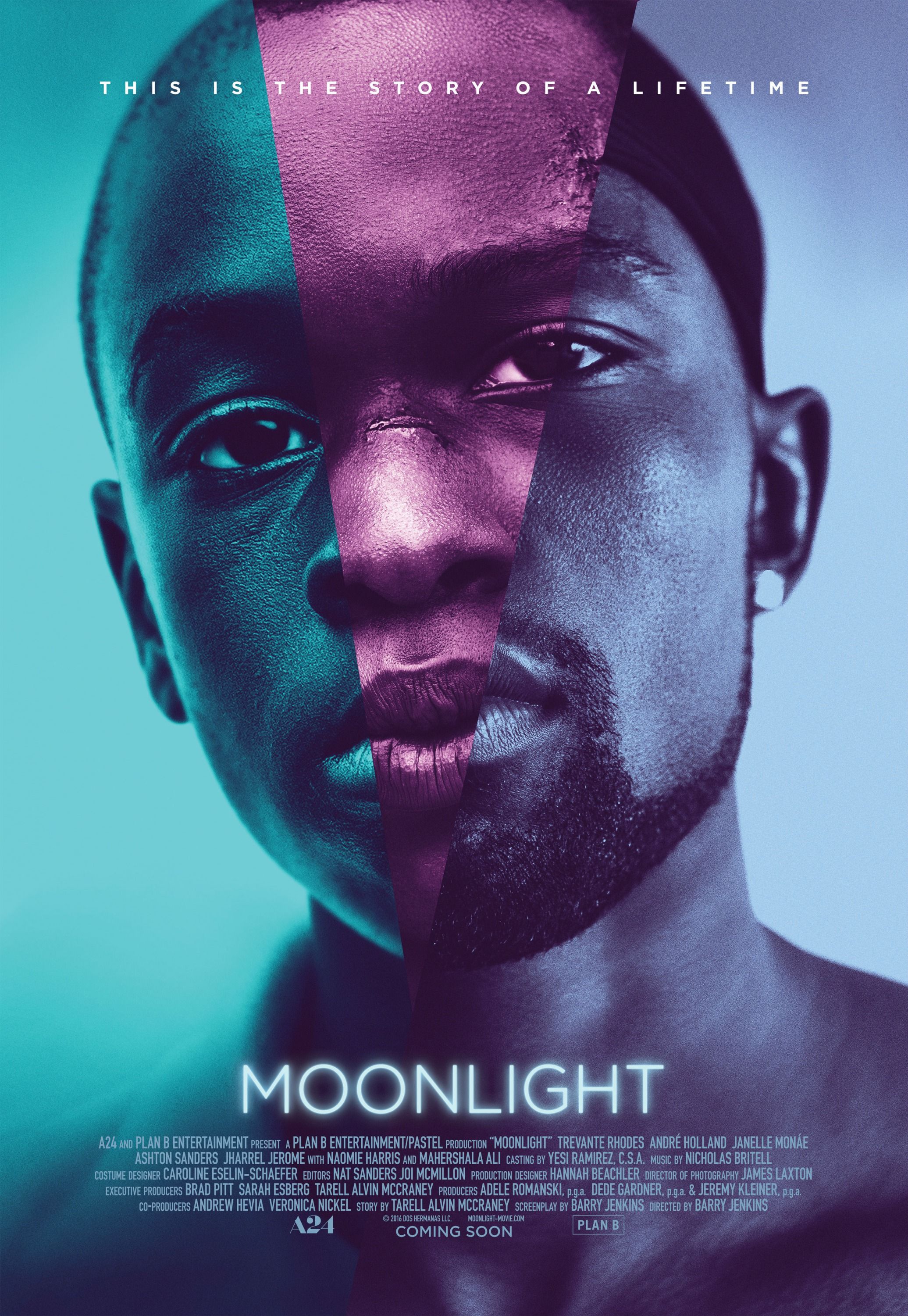Spoiler alert – because this film is four years old so if you haven’t seen it yet…why haven’t you??
This moving feature follows the life of Chiron as he grows up and forms his identity. The film is powerfully structured into three separate parts with three actors playing the role of Chiron at different stages of his life. Each part is titled by the label Chiron assumes at each point of his progression; Little, Chiron and finally Black.
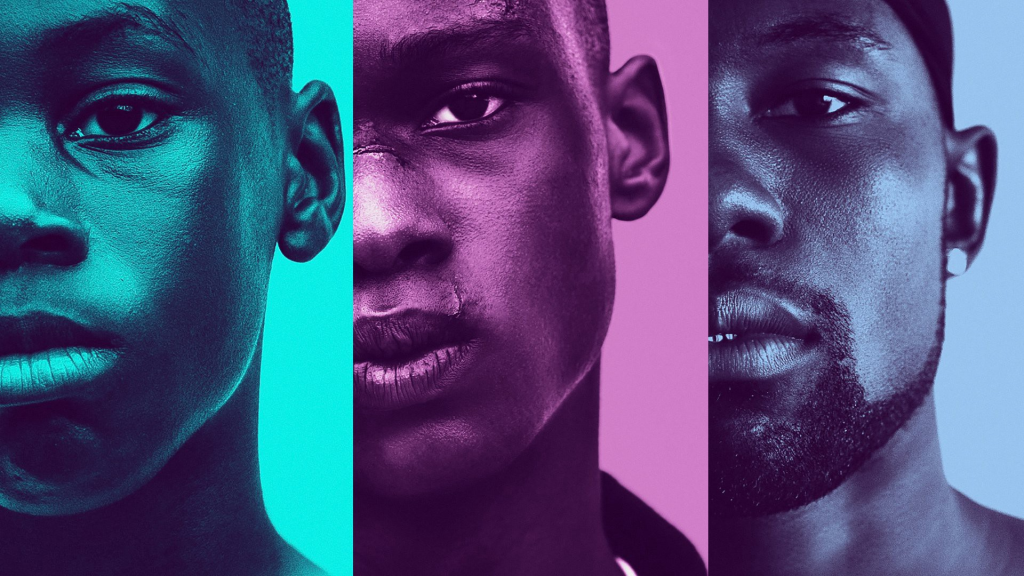
Some of the key themes of this film are identity, perception and the exploration of self. The choice to cast three different actors is a reference to the fact that we grow into different identities over time as we form into the person we eventually become. It is incredible that the use of three actors to portray a single character does not affect the continuity of this film in the slightest. The actors seamlessly morph into one, with mildly varying mannerisms to distinguish Chiron at each stage of his life. The film makes great use of symbolism to uphold continuity in other areas, such as the reoccurring image of water and what that means to the story.
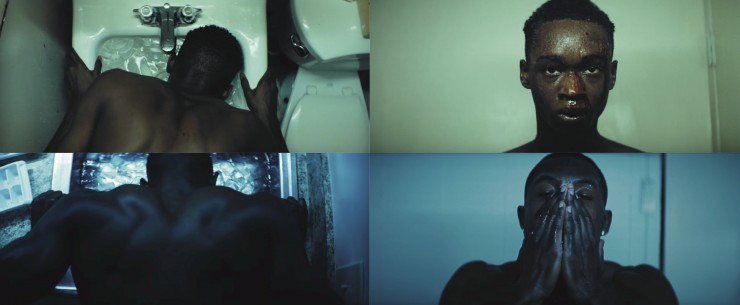
Every version of Chiron has a scene submerging himself in water; in the bathtub, the sink and even an emblematic baptism in the ocean. In film and literature water can represent life, being born, purity, cleansing, or the washing away of sins. Water is very important to life and growth and it mainly appears as a birth and rebirth symbol. The concept of rebirth aligns brilliantly with the evolution of Chiron as the film progresses. Juan teaching Chiron to swim had many layered meanings. He was teaching him how to trust himself, how to stay afloat and ultimately stay alive. This scene is preceded by a moving monologue from Juan to Little, telling him that nobody can tell him who he is and that he must decide this for himself. It was reminiscent of Mufasa and Simba’s father-son dialogue in The Lion King and evoked a similar sentiment from the audience.
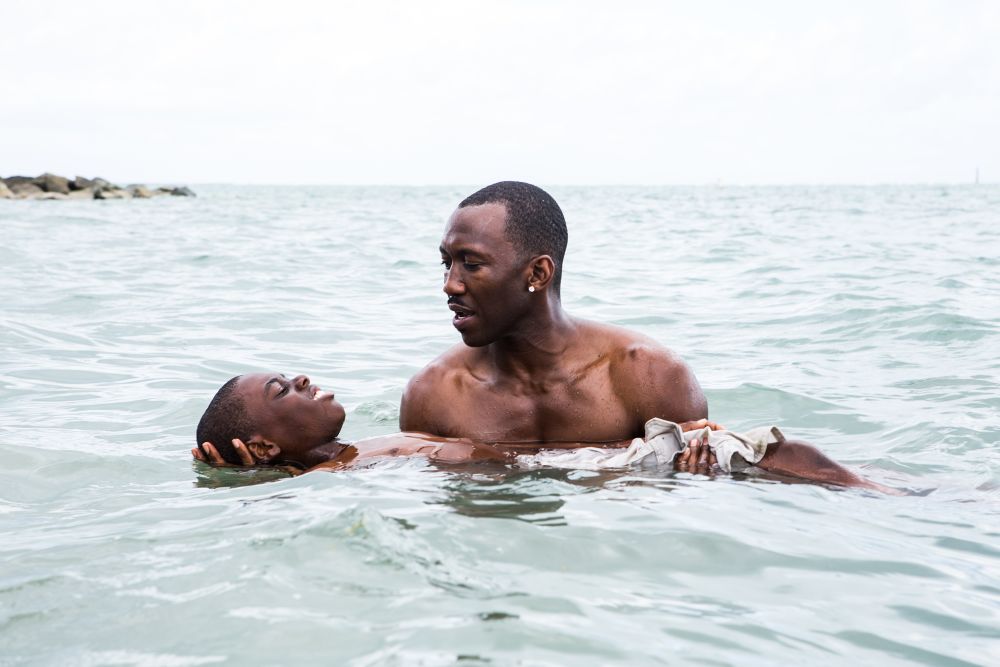
Alex R. Hibbert who played the youngest version of Chiron, Little, gave such a captivating performance. A child of few words, Hibbert managed to portray Little’s melancholy, fear and elation so powerfully with his expressive eyes and was amazing to watch.
Mahershala Ali was so compelling as Juan and contributed to the film’s underlying message of shattering stereotypes as the lovable drug dealer that Chiron found a father figure in. His performance exuded a warmth and commanded a respect that was so authentic that the passing of his character struck an empathetic chord in me. Juan’s death is so sudden and unceremonious, we don’t get to mourn him and perhaps Chiron didn’t either. The film honours his role as the significant male figure in Chiron’s formative years in the ways adult Chiron (Black) pays homage to him.
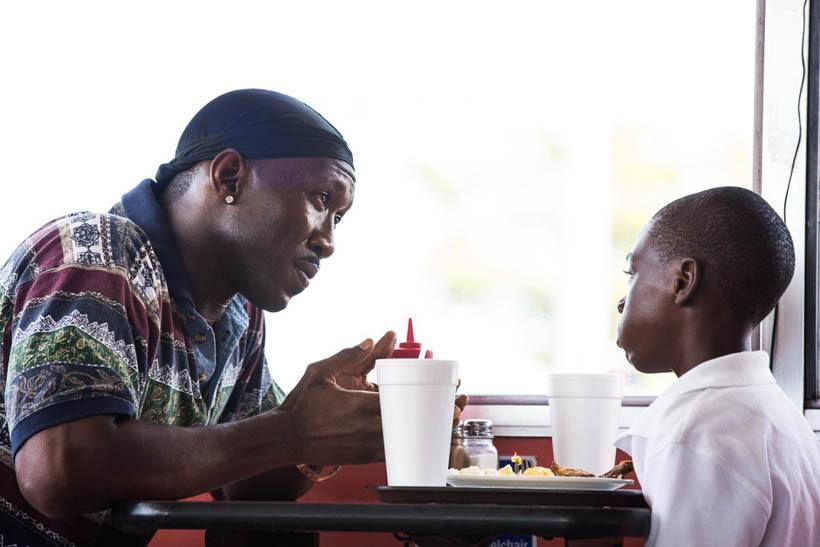
Black, played by the phenomenal Trevante Rhodes, transforms and adopts the image of Juan; from the way he ties his durag, to the matching crown on his dashboard and most evidently becoming a drug dealer. Black adorns himself in signifiers of typical black masculinity; his muscular physique, his grills and his gun. He is almost unrecognisable from the Chiron we see earlier in the film. In this way the story explores the relationship between external persona and internal self. Chiron’s identity is shaped by how others see and label him, and he reacts to that communal perception in the ways he transforms himself. A prime example is in Chiron embracing the name ‘Black’ from Kevin, even though initially he didn’t understand or seem to like it.
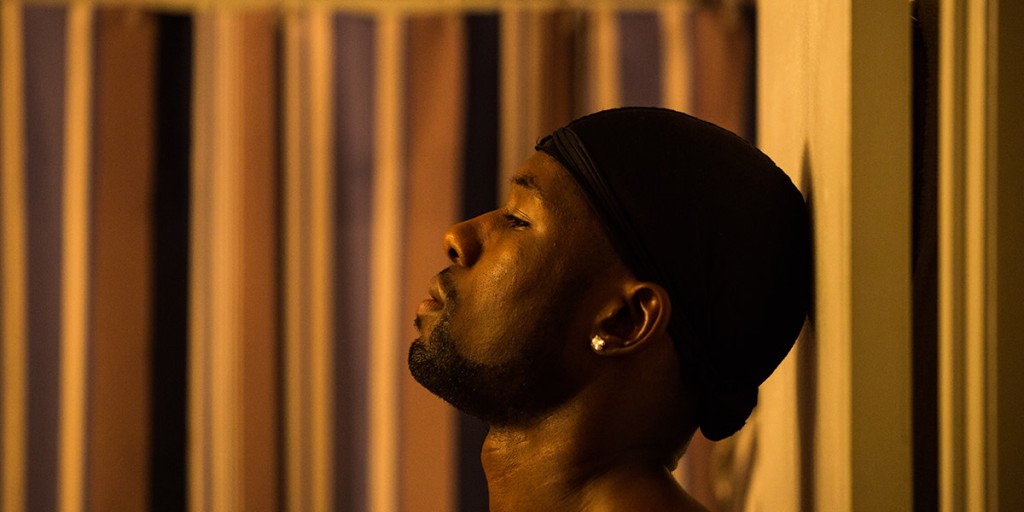
From the beginning we see Chiron is surrounded by this hyper-male environment that doesn’t quite understand him and expects black masculinity to look and behave a certain way. Adopting the image of well-loved alpha male, Juan, but still feeling inherently different and alone gives immense poetic justice to the long version of the film’s title, ‘In moonlight, black boys look blue’. Apart from its literal meaning ringing true, ‘looking blue’ is a popular euphemism for being sad/depressed. Chiron carries this inner torment as he figures out who he is, and there is a quiet sadness he lives with which could be interpreted as his ‘blues’. Blue as a colour also has connotations with calmness and Moonlight utilises these associations fantastically with the choice of sombre classical music, soothing sounds of the ocean and cool blue lighting throughout.
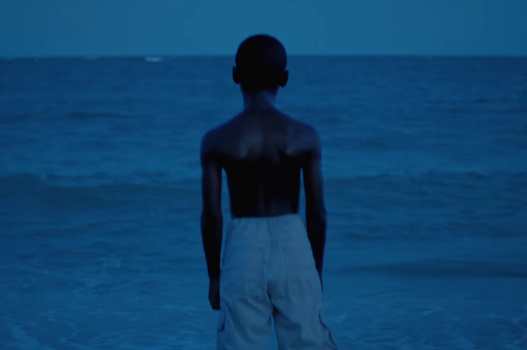
The blue colour palette and oversaturated lighting creates a dreamlike effect that compliments the internal narrative occurring in Chiron’s head. The classical music soundtrack represents Chiron’s inner self, at odds with his chaotic external environment. Scenes with disjointed sound and imagery add to that dreamlike state and effectively convey the impact of those moments for the characters in that scene.

Moonlight benefits from flawless direction and the camera movement for each character is very intentional for the story that person is presenting. Director, Barry Jenkins, confirmed that the choice to cut between shots of the characters faces in dialogue scenes rather than showing the actors in a wider camera shot, was to put you in the scene as a participant rather than a spectator.
It’s abundantly clear why this film won the Golden Globe Award for Best Drama and the Academy Awards for Best Picture and Best Adapted Screenplay. Moonlight is beautiful, powerful and intimate in a way that stories set in the hood are not usually expected to be and will undeniably stand the test of time.
Watch Moonlight now on Amazon Prime.

